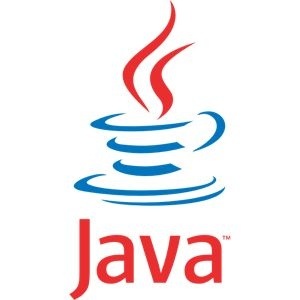UPDATE 11-09-21: Discovered the amazing acme.sh tool! check it out!
I visited this idea months ago, but for anyone who implemented it, it has been a nightmare. Each subsequent Unifi controller update broke the https in new and exciting ways. After remaining a very squeaky wheel with Ubiquity support, they’ve pushed out a version that should permanently resolve the problems. They even made promises of native Let’s Encrypt support. All this will prove true of false with time, but for now i wanted to share my working procedure for Unifi controller version 5.9.32.
This solution required me to become more familiar with Java’s keytool then i would have otherwise. Unifi has a hardcoded keytool path and password, don’t change that (thanks Corey F @ubnt). i don’t think alias matter, but they must be consistent. I used mykey. We start by generating a key and a code signing request for our domain. For permissions reasons, we will want to do this as root. . .
cd /var/lib/unifi
keytool -genkeypair -alias mykey -keyalg RSA -keysize 2048 -keystore keystore -dname "CN=custom.domain.name" -storepass aircontrolenterprise
Now we export the csr file we will give to Let’s Encrypt.
keytool -certreq -alias mykey -keystore keystore -file custom.domain.name.csr -ext san=dns:custom.domain.name -storepass aircontrolenterprise
Now we run the interactive certbot script to prove the domain is actually yours before they hand out a cert. Follow the instructions you can use DNS or hosting a file to verify.
certbot certonly --manual --csr custom.domain.name.csr
Continue reading “Hosted Unifi controller with Let’s Encrypt SSL take 2!”


